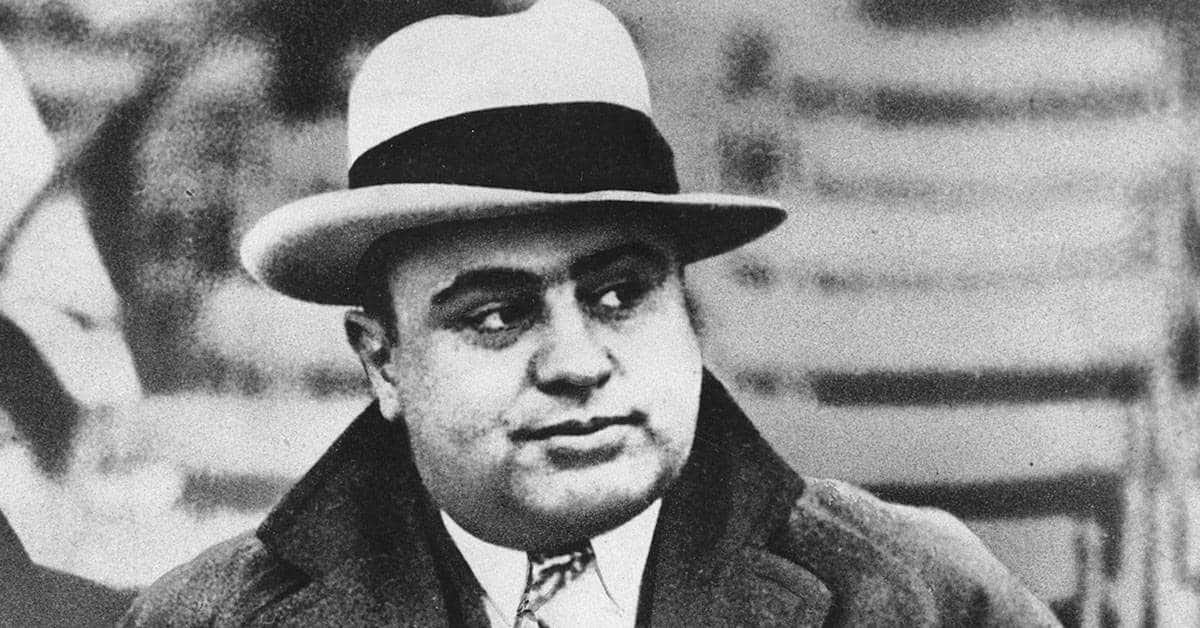In 1919, the 18th Amendment to the US Constitution was ratified, effectively making alcoholic beverages illegal across the country. But people still wanted to drink; making booze illegal didn’t change that. It just meant that now the only people supplying that booze were criminals. And few criminals in the liquor trade were as violent or as seemingly impervious to being caught as Al “Scarface” Capone. But while the law might have seemed powerless to punish Capone, Capone believed that the vengeful ghost of one of his victims stepped in to do it for them.
To understand why he believed that, you need to understand who Capone was. Capone was born to Italian immigrants in New York City and spent most of his early life getting into trouble. After getting kicked out of school at age 14 for punching a teacher in the face, he caught the interest of a prominent mobster, Johnny Torrio. Torrio soon left for Chicago to run a brothel operation for a crime boss named “Big Jim” Colosimo. But in 1917, he set Capone up with a job as a bartender in New York club owned by his friend, Frankie Yale. As usual, Capone found it difficult to stay out of trouble.

One night, while serving as a bouncer at the club, Capone insulted the sister of a man named Frank Galluccio. In response, Galluccio slashed Capone across the face, leaving a set of prominent scars. Capone’s associates soon took to calling him “Scarface,” a name Capone himself hated- he would later tell people the scars were old war wounds. Soon after, Frankie Yale called Torrio tell inform him that Capone had nearly beaten a rival gang member to death and that the police were now looking for a suspect with a prominent scar.
Torrio agreed the best thing to do was to send Capone west while the heat died down, and Capone soon turned up in Chicago to take up work as a bouncer at one of Torrio’s brothels. Around that time, Prohibition went into effect, and the Chicago underworld quickly realized there was a fortune to be made in bootlegging liquor to supply the city’s speakeasies. Torrio encouraged his boss, “Big Jim” Colosimo, to enter the racket. Colosimo refused, worried that the already-violent bootlegging trade would draw too much heat from the police. Torrio didn’t take the refusal lightly. Instead, he placed a call to his old friend Frankie Yale.

Torrio decided that Colosimo stood in the way of his profit and asked Yale if he was willing to kill him. When Yale arrived in Chicago, he settled on the violent young Capone as the perfect accomplice. In May 1920, Torrio called Colosimo to tell him that he needed to be at a cafe he owned to receive a shipment. When Colosimo arrived, he was brutally gunned down in the foyer. No one was ever charged with the murder, but Yale and Capone were almost certainly involved. And though it might have been the first murder Capone helped commit, it wouldn’t be the last.

